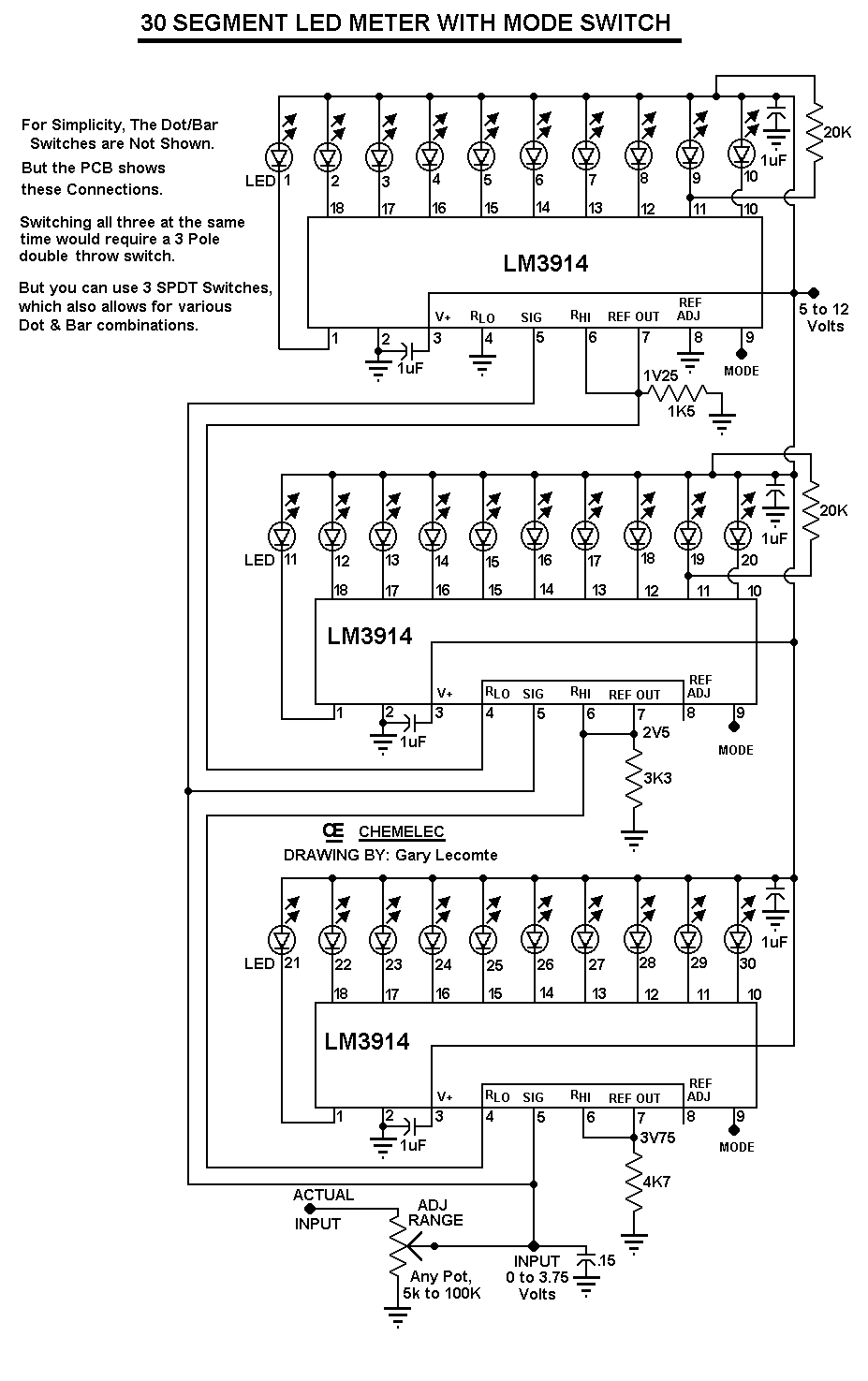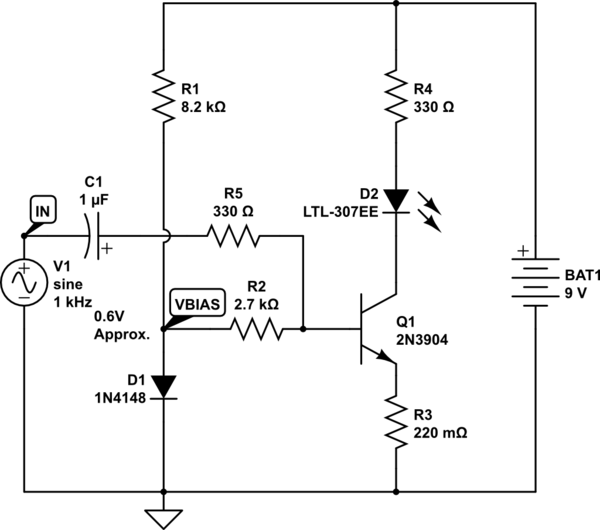
6V Ultra-Bright LED Chaser

This is a spectacular but completely useless project. It lights Ultra-Bright LEDs in a sequence and each LED flashes brightly very briefly. The LEDs light-up going around and around since they are mounted in a circle (on a CD), then they pause before chasing again. The very brief flash of each LED (15ms) and the pauses (1 second) reduce the average current so the battery should last a long time.
The described project utilizes a circular arrangement of Ultra-Bright LEDs mounted on a CD, creating an engaging visual display. The LEDs are activated in a sequential manner, where each LED flashes for a duration of 15 milliseconds followed by a pause of 1 second before the sequence repeats. This design not only provides an eye-catching effect but also optimizes power consumption, allowing the project to operate for extended periods on a single battery.
To implement this project, a microcontroller is typically employed to control the timing of the LED flashes. A simple microcontroller, such as an ATtiny or an Arduino, can be programmed to turn each LED on and off in quick succession. The program would include a loop that iterates through the LED array, activating one LED at a time while maintaining the specified timing for both the flash duration and the pause.
The circuit design involves connecting each LED to a digital output pin of the microcontroller, with appropriate current-limiting resistors to prevent damage to the LEDs. The resistors should be calculated based on the forward voltage and current specifications of the LEDs to ensure optimal brightness without exceeding their ratings.
A power supply, such as a battery pack, provides the necessary voltage and current for the microcontroller and the LEDs. The choice of battery should consider the overall current draw, which is minimized by the brief flash duration and extended pause, resulting in lower average current consumption.
In summary, this project showcases a simple yet effective use of LEDs for visual display purposes. The combination of sequential flashing and power-efficient design principles makes it a suitable project for demonstrating basic electronics and programming concepts.This is a spectacular but completely useless project. It lights Ultra-Bright LEDs in a sequence and each LED flashes brightly very briefly. The LEDs light-up going around and around since they are mounted in a circle (on a CD), then they pause before chasing again. The very brief flash of each LED (15ms) and the pauses (1 second) reduce the average current so the battery should last a long time.
🔗 External reference
The described project utilizes a circular arrangement of Ultra-Bright LEDs mounted on a CD, creating an engaging visual display. The LEDs are activated in a sequential manner, where each LED flashes for a duration of 15 milliseconds followed by a pause of 1 second before the sequence repeats. This design not only provides an eye-catching effect but also optimizes power consumption, allowing the project to operate for extended periods on a single battery.
To implement this project, a microcontroller is typically employed to control the timing of the LED flashes. A simple microcontroller, such as an ATtiny or an Arduino, can be programmed to turn each LED on and off in quick succession. The program would include a loop that iterates through the LED array, activating one LED at a time while maintaining the specified timing for both the flash duration and the pause.
The circuit design involves connecting each LED to a digital output pin of the microcontroller, with appropriate current-limiting resistors to prevent damage to the LEDs. The resistors should be calculated based on the forward voltage and current specifications of the LEDs to ensure optimal brightness without exceeding their ratings.
A power supply, such as a battery pack, provides the necessary voltage and current for the microcontroller and the LEDs. The choice of battery should consider the overall current draw, which is minimized by the brief flash duration and extended pause, resulting in lower average current consumption.
In summary, this project showcases a simple yet effective use of LEDs for visual display purposes. The combination of sequential flashing and power-efficient design principles makes it a suitable project for demonstrating basic electronics and programming concepts.This is a spectacular but completely useless project. It lights Ultra-Bright LEDs in a sequence and each LED flashes brightly very briefly. The LEDs light-up going around and around since they are mounted in a circle (on a CD), then they pause before chasing again. The very brief flash of each LED (15ms) and the pauses (1 second) reduce the average current so the battery should last a long time.
🔗 External reference





